Why Do Students Prefer Augmented Reality: A Mixed-Method Study on Preschool Teacher Students’ Perceptions on Self-Assessment AR Quizzes in Science Education
Abstract
:1. Introduction
2. Materials and Methods
2.1. Participants
2.2. Context
2.3. Data Collection
2.4. Educational Design and Implementation
2.5. Data Analysis
3. Results
3.1. Students’ Perceptions towards Their Learning Experience
3.1.1. Purpose and Learning Path
1:29 I had a yardstick for myself, to compare what I’ve understood from the lesson. It was a measure of whether what I believed at the time was correct. Because until it’s time for a quiz or an exam, you can’t be sure that everything you’ve heard, whether you’ve memorized it, or you’ve absorbed it, or you’ve understood it correctly.
1:53 While sometimes I thought I knew something, that I got it, I went to it (the quiz) and said that “D., you’re missing it somewhere in 2,3,4 points”. If I hadn’t taken the quiz I wouldn’t have understood.
1:83 Many times, I studied and while I had an idea, an opinion when I did the quiz, I saw that I was completely wrong, and I was like... what have I been studying for so many hours?
1:8 First I read the slides and then I did the metaverse quiz. However, the first two times, I did the quizzes before studying the slides. But then, when some more specific terminology of your course came in, I think that’s where I changed the order and said to myself: I should read the material first, what the teacher says in the lesson, and then do the metaverse.
1:56 It was definitely very helpful that you had to read the module; it was actually a prerequisite. That you had to have read the module, the e-class, if it’s relevant from course’s book and then go there and check yourself; what you understood what you didn’t
1:99 I was reading the slides on the e-class and I did the quiz another day on an unrelated day and time to see if I had memorized what I had read.
1:56 If there were some gaps, more than 2–3 questions you didn’t give the right answer to and there were certain things you didn’t understand, you could go back to the learning material and read it again. And do it again to see that you understood it.
1:85 It’s a test that confirms to us personally how much we have understood the lesson. And the good thing is that after I had studied the course, I did the quiz and I saw that sometimes I made mistakes, then I went back to the material, studied again, and tried to figure out where I made the mistake to get a better result.
1:99 When I had a few wrong answers I went home and looked for what I did wrong and redid the quiz.
1:101 I read during the day and did it at night. It helped me a lot because the next day when I didn’t know it, I would go in the material to see the mistake and figure it out.
1:41 It was very helpful to understand because when you read why you chose the correct or the wrong answer (feedback) if you did it wrong you went back and answered it again correctly.
1:84 The truth is that most of the time what it showed was a direction, it didn’t exactly show you Wrong or Correct. It was giving you guidance that was helpful enough in combination with the reading helped you to understand.
1:44 Ιt was a way of playing and so through the game, we learned a lot about the lesson; it’s good that we could go back (to the same question) and figure out what we were doing wrong and so understand it better.
1:51 I’m also thinking about using it for the exams. Right now, I have it all together (if I get into the app I have on my phone) and I will definitely use it for my studying for the exam to do my checking. I will log into the app and re-take the quizzes in no particular order. Having them all in one place is very important. It’s not like “I did it and missed it”. They continue to be in the app. It’s really easy, I go into the app to find them, and I have them one after another.
1:113 The ideal would be every time we read each topic to do the quiz and then after we study all the topics to do the whole thing consecutively
1:114 Because it contains the essence of the course, I think doing the quizzes will be a good refresher in memory (before exams).
3.1.2. Contribution to Learning
1:49 Υou’re playing but you’re learning at the same time. You gain knowledge through it. It’s more enjoyable and easier.
1:89 Besides being like a game, I think it was easy for everybody, even if somebody hadn’t studied, he/she could use the quiz and gain knowledge.
1:97 Through the app it’s easier, I’ve memorized things without having to study for hours.
1:92 Not everybody studies the same way. We see the quiz as a game, and we get something.
1:89 So, that’s the way I understand better. I’m more a visual and a math guy. The quiz helps me to keep it (the knowledge) in my mind.
1:100 The quiz helped me a lot despite the fact that I’m not a visual person. And when I made a mistake, I reread my notes so that the ones I made mistakes stayed with me.
1:105 We understand the lesson better, the picture stays, the repetition makes you get into the hole.
1:11 It helped me more with the students’ ideas because the answers actually gave me feedback on what I should have in mind during the students’ answers, which was difficult at first.
1:31 It was equally useful for all three strands.
1:60 I found it useful in the parts where it was pure physics, i.e., where we were dealing with phenomena, basic concepts, etc. Because I was a “Theoretician” (author’s note: a student that studies Humanities as a major discipline in school) and didn’t do any physics after 10th grade, actually not even in 10th grade...I had some gaps even in concepts from everyday life. It helped me more in those subjects because they were more interactive, and I remembered some things in combination with the knowledge I got from the presentations and the book. It was more helpful in that part which was also more difficult for me than the other two strands.
1:61 I can’t pick out. I think it was the same across the bunch. It was probably more helpful for everyone where they had more difficulty.
1:103 I think more about the concepts (definitions, etc.) and students’ ideas. Personally, when it came to the students’ ideas, I had quite a hard time just reading the slides.
3.2. Students’ Perceptions towards Their Immersive Experience
3.2.1. How Students Perceive AR Quizzes
1:2 It was very interesting and fun. At first, it scared me a little bit because I was like, “oh my god what is that?” But then I liked it and I couldn’t wait until Tuesday to do the metaverse.
1:18 It’s not monotonous and boring for someone who wants to learn.
1:40 It was indeed very interesting the way the quiz unfolded, it was very interactive, it was nice to see the faces in the answers when it was right.
1:66 Baboot (a/n the name has been changed because it’s a reference to a popular platform that offers interactive multimodal quizzes) was static, set up, nothing special. It was also instructive, but the Metaverse had something more playful that was more interesting.
1:88 I think it was an innovative application that intrigued students’ interest and made them realize what mistake they made.
1:116 I would like to add that it was fun and… funny.
1:19 The other quizzes are more monotonous. I mean “answer to see if you got it right or wrong”, simple as that.
1:20 Yes, here we have the sentiment. So, it stimulates the emotional part, not just the cognitive.
1:21 Yes, it makes you more enthusiastic to answer the questions and not give up until the end. I mean it didn’t occur to me to say at some point “oh, stop it”, “it’s a bit boring” and “why did he give this to us?” Whereas in other quizzes... you feel like somebody’s checking you out.
1:17 Yes because let’s say when I do a correct answer it rewards me. With a little bell which we find mostly in children’s toys. It generally has game-like reactions.
1:49 It’s also a more pleasant way. You play but learn at the same time.
1:74 I sometimes get very enthusiastic. I had the feeling that I was winning or losing.
1:89 It was like a game, I think that’s why it was easy for everybody.
1:108 It was like a game, and I wanted to see something more.
3.2.2. Characteristics
1:14 The movements of all these objects, the movement combined with the music generally had a multimodal so to speak message to the student. I believe that it was very very nice.
1:42 Then we also enjoyed the faces in the game, the sounds and those were combined with the answers and we remember those as well (combined).
1:72 The cartoons were very important, beautiful, and clever. The GIFs were also very successful. I think it’s the picture first and then the words.
1:73 Those images, the vivid colours, the bright colours in some of the faces he was showing. The fact that he had sounds whether you did it right or wrong, The gifs were the best. It gave you the feeling of playing and learning.
1:78 Very important were the sounds when you answered Right or Wrong. It was very nice and helpful.
1:79 The Wrong (sound) haunts me in my sleep.
1:37 It would be interesting if it was just multimodal, but AR is one more advantage.
1:75 It’s very interesting that you move the mobile and the answer floats.
1:77 It’s more interesting if it appears on the wall and in the room. I think if it was a static background it wouldn’t draw as much interest. I mean it challenges you to do it and you learn more easily and you want to do it
1:111 The floating images are something out of this world for you. It’s like wearing VR glasses and doing it.
1:59 For me, the important thing was like having the professor in front of me. And the first time it felt like I was checking my knowledge and when I did it again and on the wrong answers...it felt like live; live teaching; like we were communicating. And it was too clever to include all these cartoons and phrases such as “you got it right”. It was very nice, I felt like I was having a conversation with somebody. I mean, it felt like something personal.
1:65 Compared to Baboot, which was something similar, the metaverse is more interesting. It has more interactivity, pictures, the fact that you have to move the phone to find the answer, the cartoons, and the sounds. It’s both more fun and more interactive and you get the feeling that someone is there with you.
1:67 There was someone there guiding you. I felt that there was somebody in there and actually giving me directions, telling me to come back, that was actually somebody there.
1:68 It was a bit weird at first, but you could see the question and behind them, your desk or your notes and you felt like you were with the professor, and he was asking you the questions.
1:69 It was like there was a professor there. It was like having the class at your house. He was guiding you to take the right steps, to pick the right answers.
1:116 I’m sometimes standing up and looking for the questions and answers, that’s fun.
1:117 And I’ve done some weird moves to find the questions
c. Design
1:41 It had the feedback, it helped you understand why what we chose was right or wrong. Very helpful and that when you were reading it, if you got it wrong it took you back and back to answer the question again.
1:70 It felt very much alive because I was getting an immediate answer. I didn’t wait to complete a cycle of answers to get feedback because the answer wasn’t with a tick and it was like someone was answering. That gave the feeling of communication
1:84 The truth is that most of the time what it showed was like a direction because it didn’t exactly show you True or False. He was giving you a guide that was quite helpful and after made you repeat the questions.
1:17 When I do a correct answer it rewards me. With a little bell which is mostly found in children’s toys. It generally has game-like reactions.
1:64 And it boosted our psychology where we didn’t have it.
1:115 “This app because it interested me made me feel more...happy every time I got the right answers.
1:43 It was very good because we could do it as many times as we wanted. Because generally you might have had a gap in the lesson, in a lesson, and you could go back to it again. That was a very positive thing.
1:15 If they ask me 30–50 questions, I might start to get tired and then I might lose the knowledge part.
1:81 I often had the feeling that there were not enough questions. But on the other hand, I think if there were more it would get boring. It left you with the feeling that it was little.
1:82 D: It might lose the essence of a game because if you get fed up with the game, it ceases to be a game.
1:94 It is very important that the questions are concise and direct
1:24 Since it’s anonymous you don’t have the anxiety of shame or that I’m going to be offended now. If it wasn’t anonymoys maybe there would be anxiety of “oh don’t make a mistake, it will be seen now, what will others comment; or am I the 1% the 2%”. I was doing very well but because it’s anonymous, I felt very, very comfortable.
1:32 It has the advantage of anonymity. It’s not stressful. If it wasn’t anonymous I would have been very stressed.”
1:45 It was too easy. Well, the first time I had a hard time...I said something like “we have to turn it like this”. However, I screenshot this QR code, I went straight in, and then it was too easy.
1:46 It was indeed very easy to use. Okay, the first time because we weren’t used to coming into contact with that kind of stuff it was a bit weird, you know “what’s he going to ask me”, asking each other ‘how did you do it? should I get in and do it?
1:47 It was very easy. I didn’t have a hard time from the beginning. It was fine.
1:90 I think any age can use it. We all have a mobile phone; why not?
1:91 For me it was too easy to do the quiz by just scanning
1:106 Perhaps some may not have access to devices or even reliable Internet. I think for some people the app wouldn’t open or the camera wouldn’t open, so they couldn’t see the site.
1:46 At the beginning we kind of missed the questions a little bit because we were moving the phone too fast. But then we realized that we had to wait a little bit, and something would pop up.
3.3. Recommend to Others
1:6 Yes, I would suggest it. I would recommend it because it’s a lot of fun.
1:27 “I think it’s a tool that could be used by all courses. Sure, maybe with a different question structure, in a different way but it could be used by all courses. Maybe, like embedding exercises.
1:80 I think it should be introduced in all courses as it has been done with e-class. It would be nice to do it in all courses.
1:93 And I would recommend it to my fellow students and also friends and family. I’ve already done it not only with students but also with others. When they saw me doing the quiz for the first time, I suggested they do it too. Then it became a habit. It’s good, not everyone reads the same way.
1:95 Memorization was unavoidable in high school, most of the lessons in school are theoretical and it’s hard to memorize everything. It would be more interactive if other teachers used it.
4. Discussion
5. Conclusions
Funding
Institutional Review Board Statement
Informed Consent Statement
Data Availability Statement
Acknowledgments
Conflicts of Interest
References
- Sofianidis, A.; Meletiou-Mavrotheris, M.; Konstantinou, P.; Stylianidou, N.; Katzis, K. Let students talk about emergency remote teaching experience: Secondary students’ perceptions on their experience during the COVID-19 pandemic. Educ. Sci. 2021, 11, 268. [Google Scholar] [CrossRef]
- Yan, Z. Student Self-Assessment Practices: The Role of Gender, School Level and Goal Orientation. Assess. Educ. Princ. Policy Pract. 2018, 25, 183–199. [Google Scholar] [CrossRef]
- McMillan, J.H.; Hearn, J. Student Self-Assessment: The Key to Stronger Student Motivation and Higher Achievement. Educ. Horiz. 2008, 87, 40–49. [Google Scholar]
- Andrade, H.L.; Du, Y.; Wang, X. Putting Rubrics to the Test: The Effect of a Model, Criteria Generation, and Rubric-referenced Self-assessment on Elementary School Students’ Writing. Educ. Meas. Issues Pract. 2008, 27, 3–13. [Google Scholar] [CrossRef]
- Brown, G.T.L.; Harris, L.R. The Future of Self-Assessment in Classroom Practice: Reframing Self-Assessment as a Core Competency. Frontline Learn. Res. 2014, 2, 22–30. [Google Scholar] [CrossRef] [Green Version]
- Nikou, S.A.; Economides, A. Student achievement in paper, computer/web and mobile based assessment. In Proceedings of the 6th Balkan Conference on Informatics(BCI), Thessaloniki, Greece, 19–21 September 2013; Available online: http://citeseerx.ist.psu.edu/viewdoc/download?doi=10.1.1.402.6137&rep=rep1&type=pdf (accessed on 7 May 2022).
- López-Belmonte, J.; Moreno-Guerrero, A.-J.; López-Núñez, J.-A.; Hinojo-Lucena, F.-J. Augmented Reality in Education. A Scientific Mapping in Web of Science. Interact. Learn. Environ. 2020, 1–15. [Google Scholar] [CrossRef]
- Garzón, J. An Overview of Twenty-Five Years of Augmented Reality in Education. Multimodal Technol. Interact. 2021, 5, 37. [Google Scholar] [CrossRef]
- Akçayır, M.; Akçayır, G. Advantages and Challenges Associated with Augmented Reality for Education: A Systematic Review of the Literature. Educ. Res. Rev. 2017, 20, 1–11. [Google Scholar] [CrossRef]
- Chang, Y.-L.; Hou, H.-T.; Pan, C.-Y.; Sung, Y.-T.; Chang, K.-E. Apply an Augmented Reality in a Mobile Guidance to Increase Sense of Place for Heritage Places. J. Educ. Technol. Soc. 2015, 18, 166–178. [Google Scholar]
- Ferrer-Torregrosa, J.; Torralba, J.; Jimenez, M.A.; García, S.; Barcia, J.M. ARBOOK: Development and Assessment of a Tool Based on Augmented Reality for Anatomy. J. Sci. Educ. Technol. 2015, 24, 119–124. [Google Scholar] [CrossRef]
- Lu, S.-J.; Liu, Y.-C. Integrating Augmented Reality Technology to Enhance Children’s Learning in Marine Education. Environ. Educ. Res. 2015, 21, 525–541. [Google Scholar] [CrossRef]
- di Serio, Á.; Ibáñez, M.B.; Kloos, C.D. Impact of an Augmented Reality System on Students’ Motivation for a Visual Art Course. Comput. Educ. 2013, 68, 586–596. [Google Scholar] [CrossRef] [Green Version]
- Hsiao, K.-F.; Chen, N.-S.; Huang, S.-Y. Learning While Exercising for Science Education in Augmented Reality among Adolescents. Interact. Learn. Environ. 2012, 20, 331–349. [Google Scholar] [CrossRef]
- Garzón, J.; Acevedo, J. Meta-Analysis of the Impact of Augmented Reality on Students’ Learning Gains. Educ. Res. Rev. 2019, 27, 244–260. [Google Scholar] [CrossRef]
- Braun, V.; Clarke, V.; Hayfield, N.; Terry, G. Thematic Analysis. In Handbook of Research Methods in Health Social Sciences; Springer: Singapore, 2019; pp. 843–860. [Google Scholar]
- Braun, V.; Clarke, V. Thematic Analysis. In APA Handbook of Research Methods in Psychology: Quantitative, Qualitative, Neuropsychological, and Biological; Cooper, H., Camic, P.M., Long, D.L., Panter, A.T., Rindskopf, D., Sher, K.J., Eds.; Research Designs; American Psychological Association: Washington, DC, USA, 2012; Volume 2. [Google Scholar]
- Creswell, J.W.; Clark, V.L.P. Designing and Conducting Mixed Research Methods; Sage: Thousand Oaks, CA, USA, 2011. [Google Scholar]
- Morse, J.; Niehaus, L. Mixed Method Design Principles and Procedures; Left Coast Press: Walnut Creek, CA, USA, 2009. [Google Scholar]
- Leech, N.L. Writing Mixed Research Reports. Am. Behav. Sci. 2012, 56, 866–881. [Google Scholar] [CrossRef]
- Khan, A.; Ahmad, F.H.; Malik, M.M. Use of Digital Game Based Learning and Gamification in Secondary School Science: The Effect on Student Engagement, Learning and Gender Difference. Educ. Inf. Technol. 2017, 22, 2767–2804. [Google Scholar] [CrossRef]
- Werbach, K. (Re)Defining Gamification: A Process Approach. In Lecture Notes in Computer Science (including Subseries Lecture Notes in Artificial Intelligence and Lecture Notes in Bioinformatics); Springer: Cham, Switzerland, 2014; Volume 8462, pp. 266–272. [Google Scholar]
- Locke, E.A.; Latham, G.P. Building a Practically Useful Theory of Goal Setting and Task Motivation: A 35-Year Odyssey. Am. Psychol. 2002, 57, 705–717. [Google Scholar] [CrossRef] [Green Version]
- Locke, E.A.; Latham, G.P. New Directions in Goal-Setting Theory. Curr. Dir. Psychol. Sci. 2006, 15, 265–268. [Google Scholar] [CrossRef]
- Owens, D.C. Overcoming Motivational Barriers to Understanding and Accepting Evolution through Gameful Learning. In Evolution Education Re-Considered; Springer: Cham, Switzerland, 2019; pp. 167–184. [Google Scholar]
- Kalogiannakis, M.; Papadakis, S.; Zourmpakis, A.-I. Gamification in Science Education. A Systematic Review of the Literature. Educ. Sci. 2021, 11, 22. [Google Scholar] [CrossRef]
- Ređep, T.; Hajdin, G. Use of Augmented Reality with Game Elements in Education–Literature Review. J. Inf. Organ. Sci. 2021, 45, 473–494. [Google Scholar]
- Dunleavy, M.; Dede, C.; Mitchell, R. Affordances and Limitations of Immersive Participatory Augmented Reality Simulations for Teaching and Learning. J. Sci. Educ. Technol. 2009, 18, 7–22. [Google Scholar] [CrossRef]
- Georgiou, Y.; Kyza, E.A. Relations between Student Motivation, Immersion and Learning Outcomes in Location-Based Augmented Reality Settings. Comput. Hum. Behav. 2018, 89, 173–181. [Google Scholar] [CrossRef]

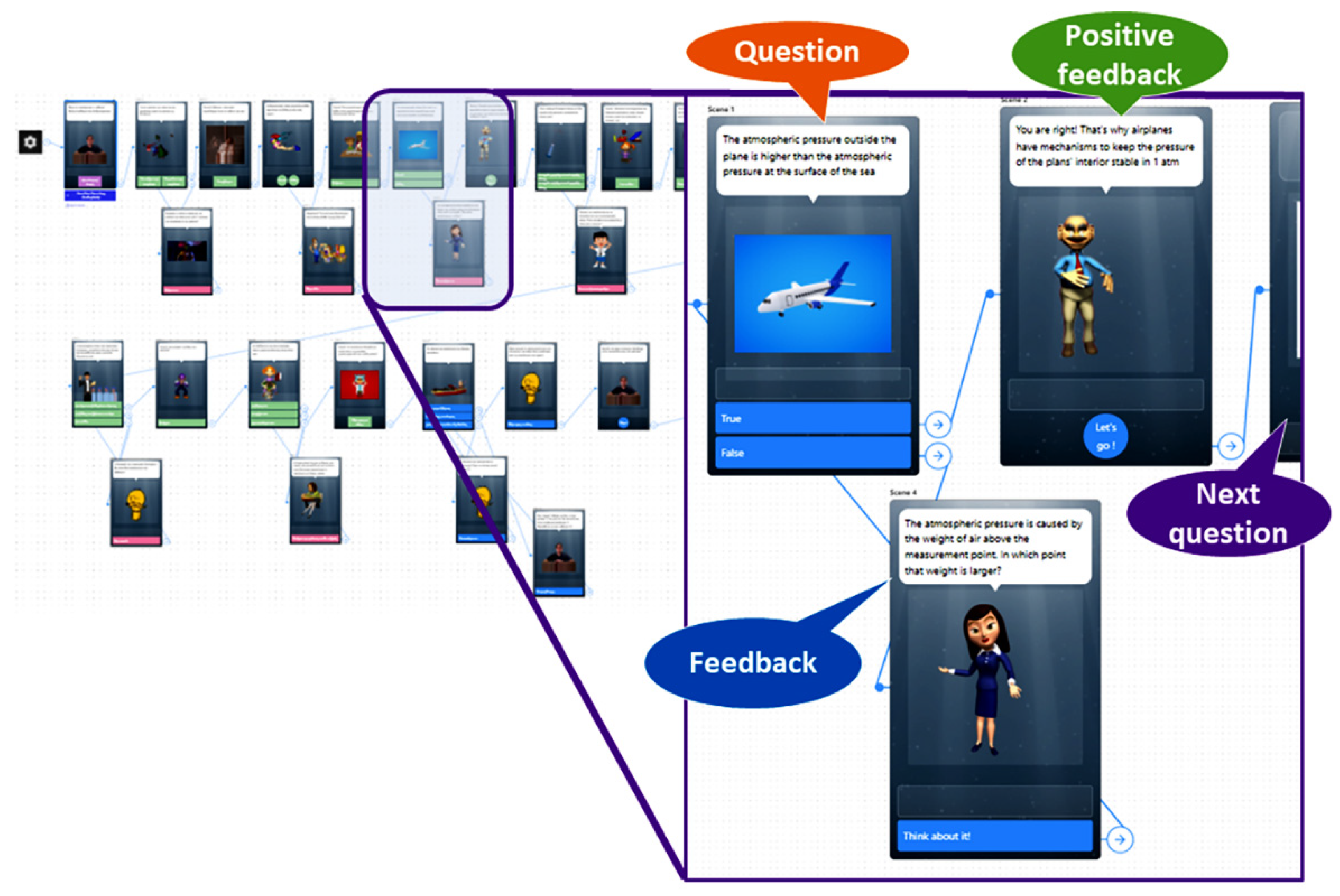

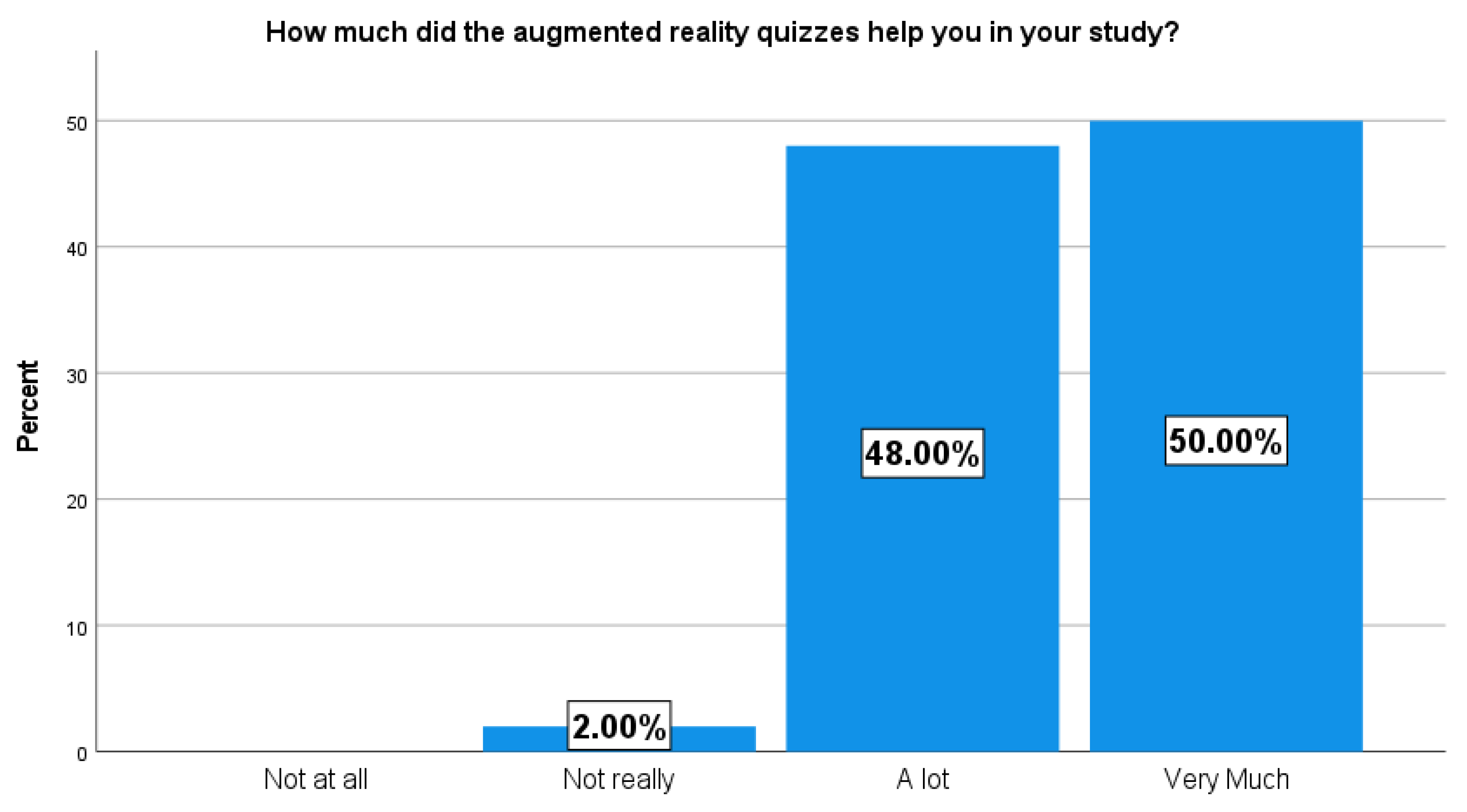
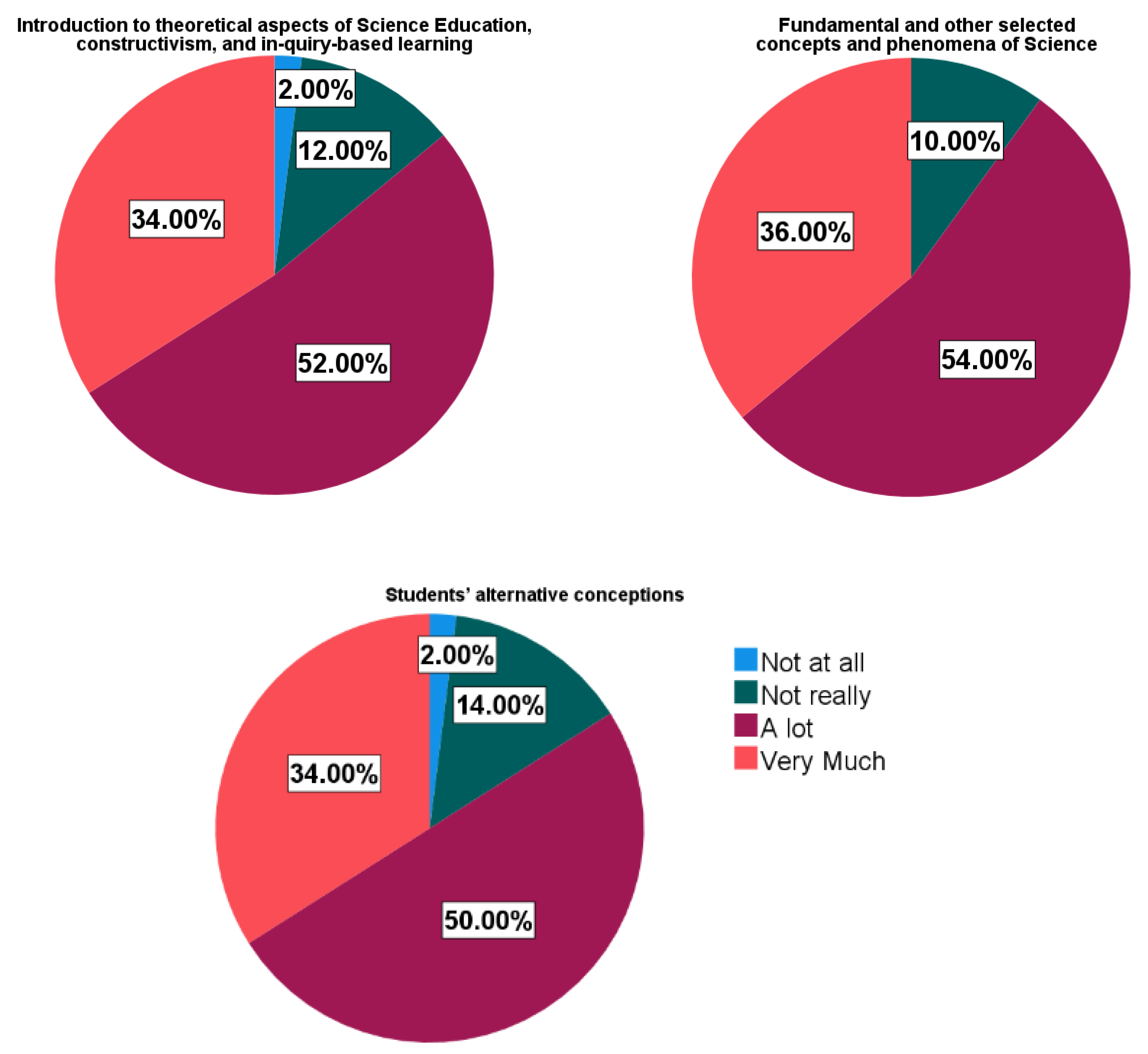
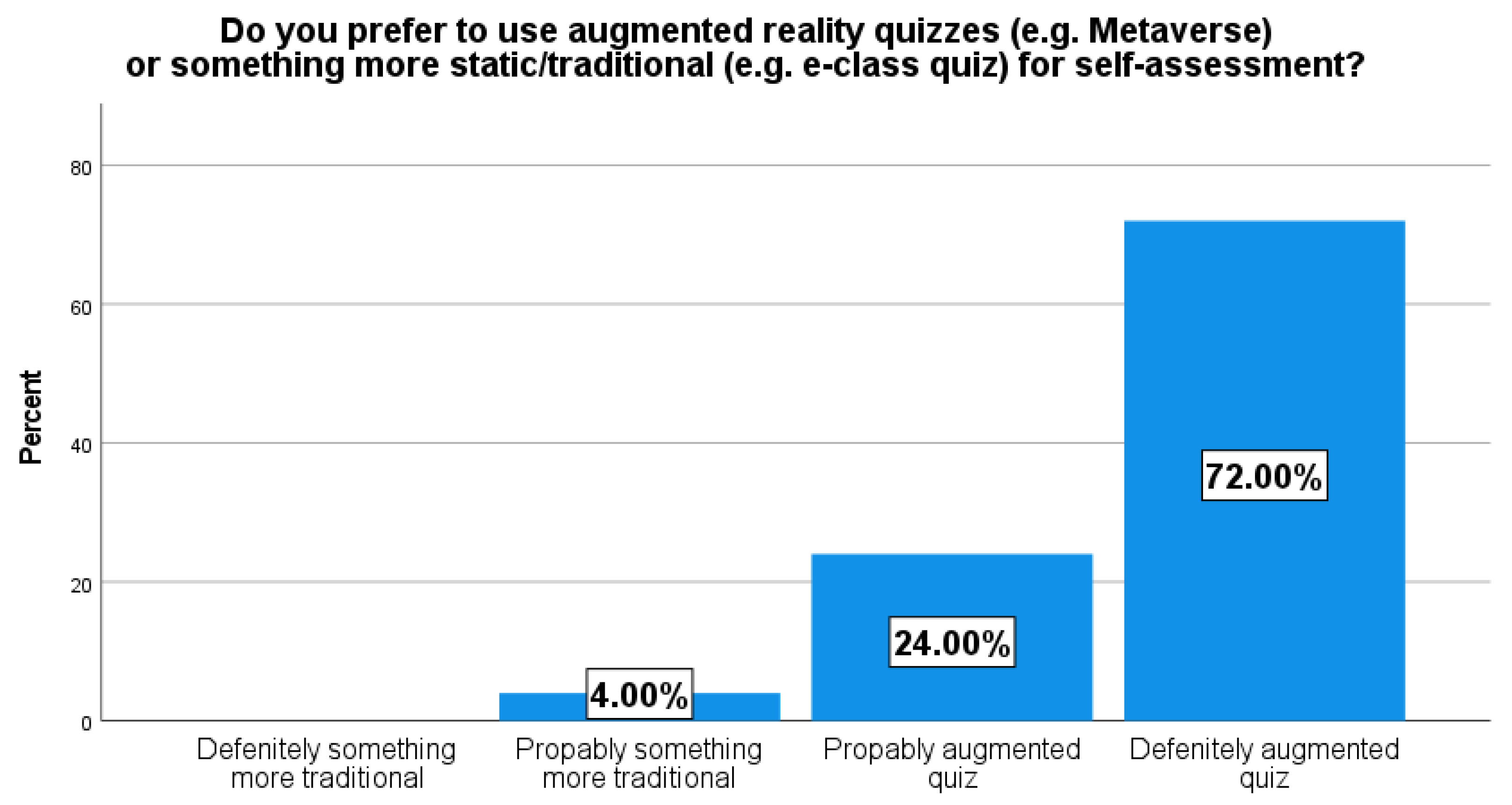
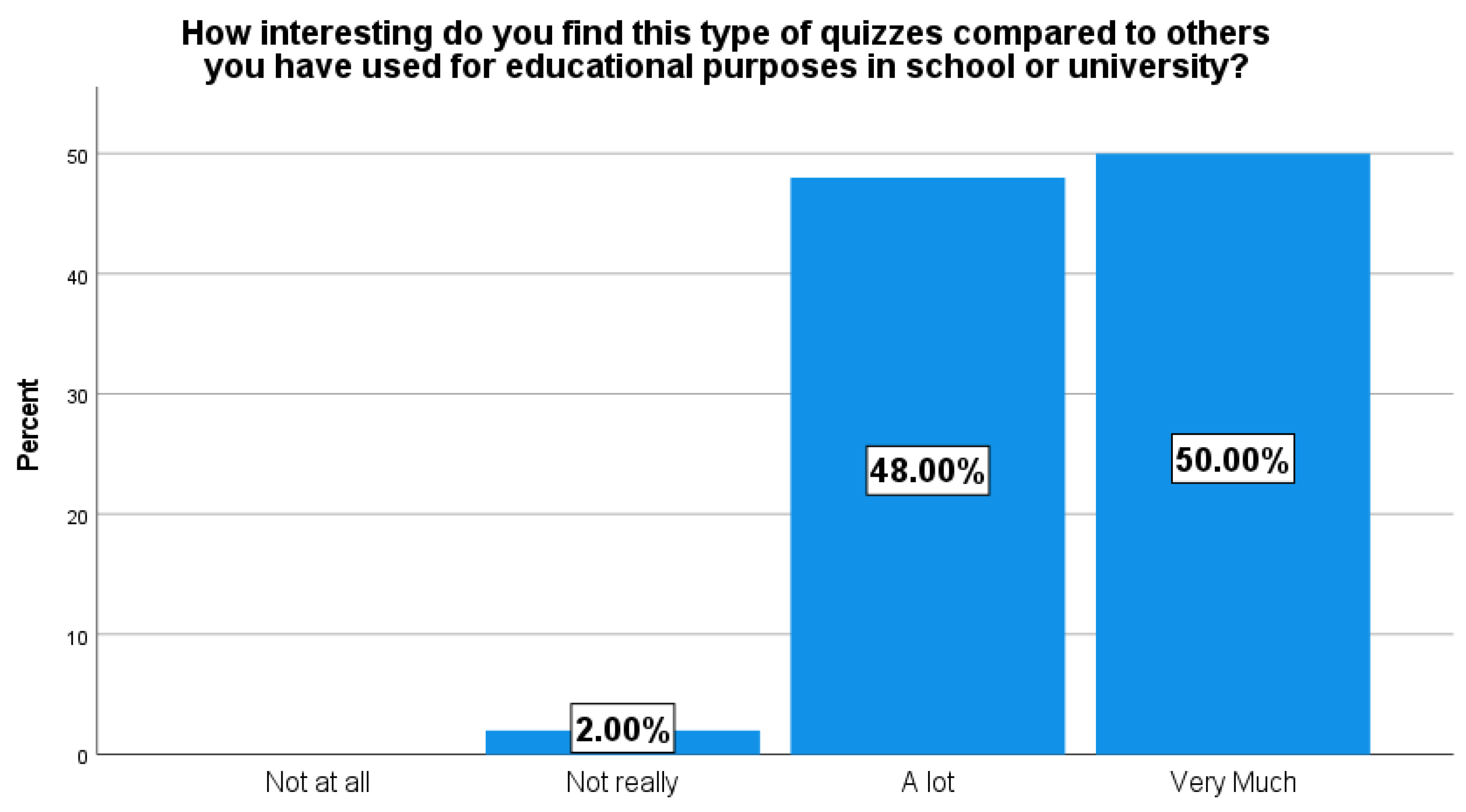

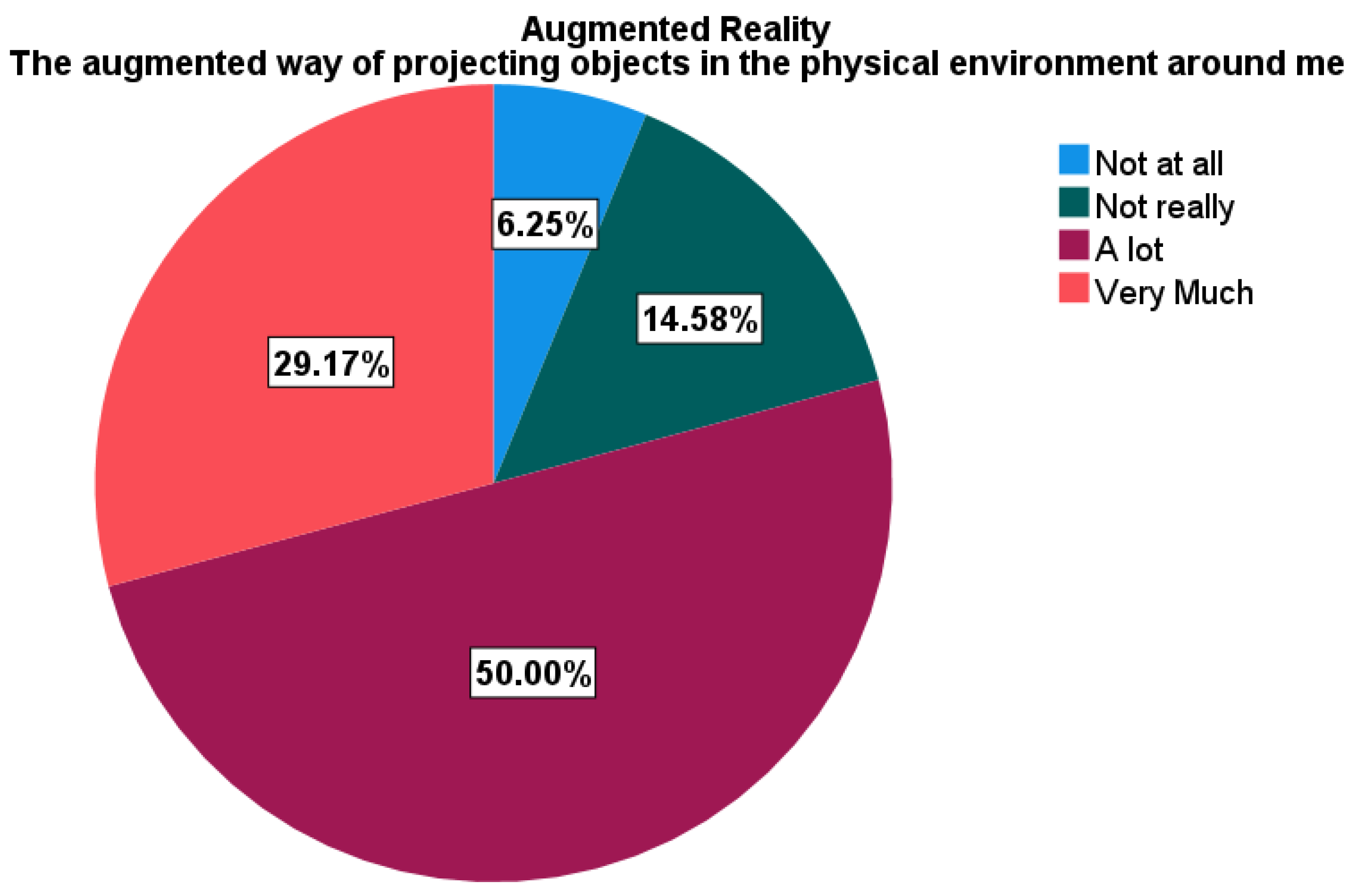
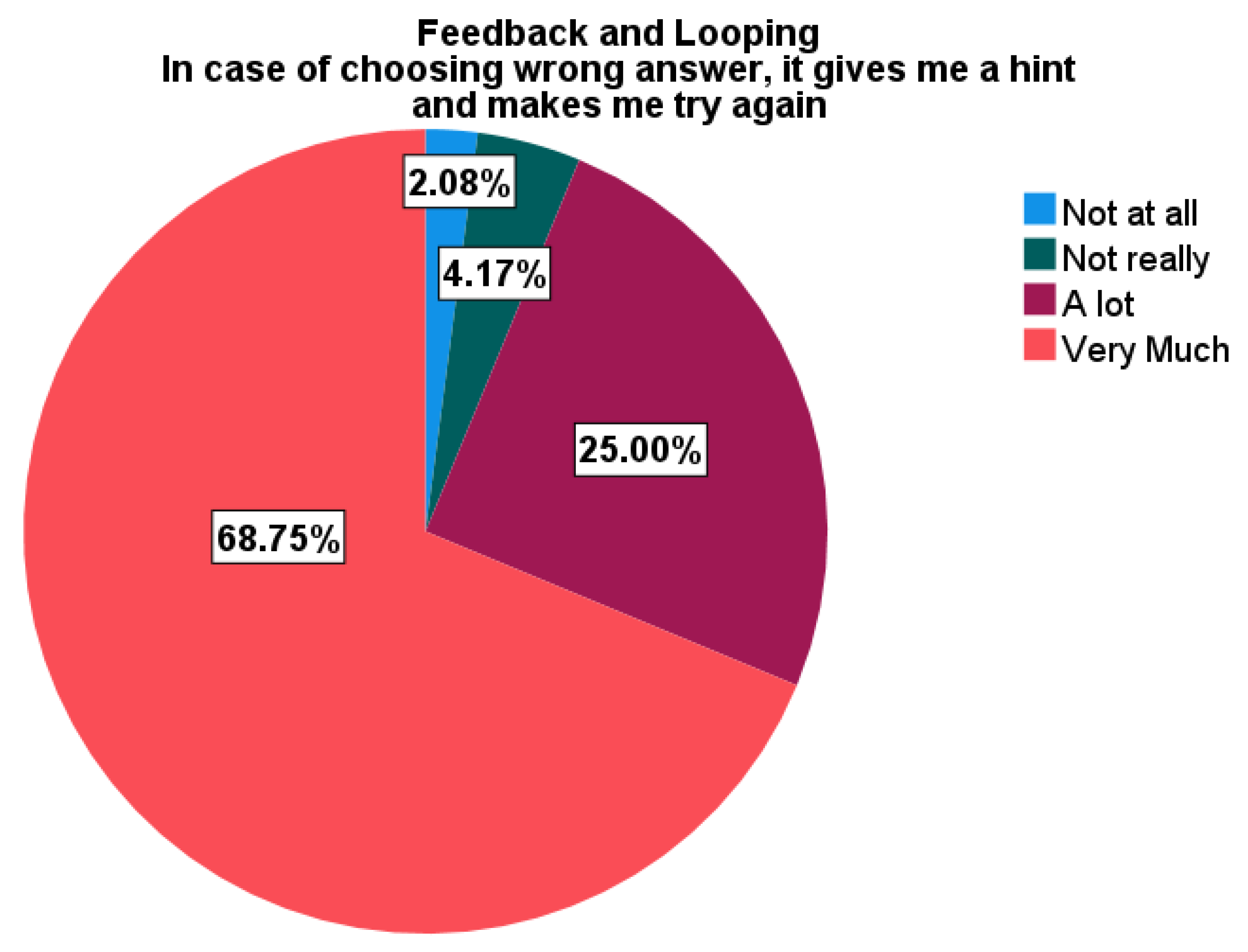
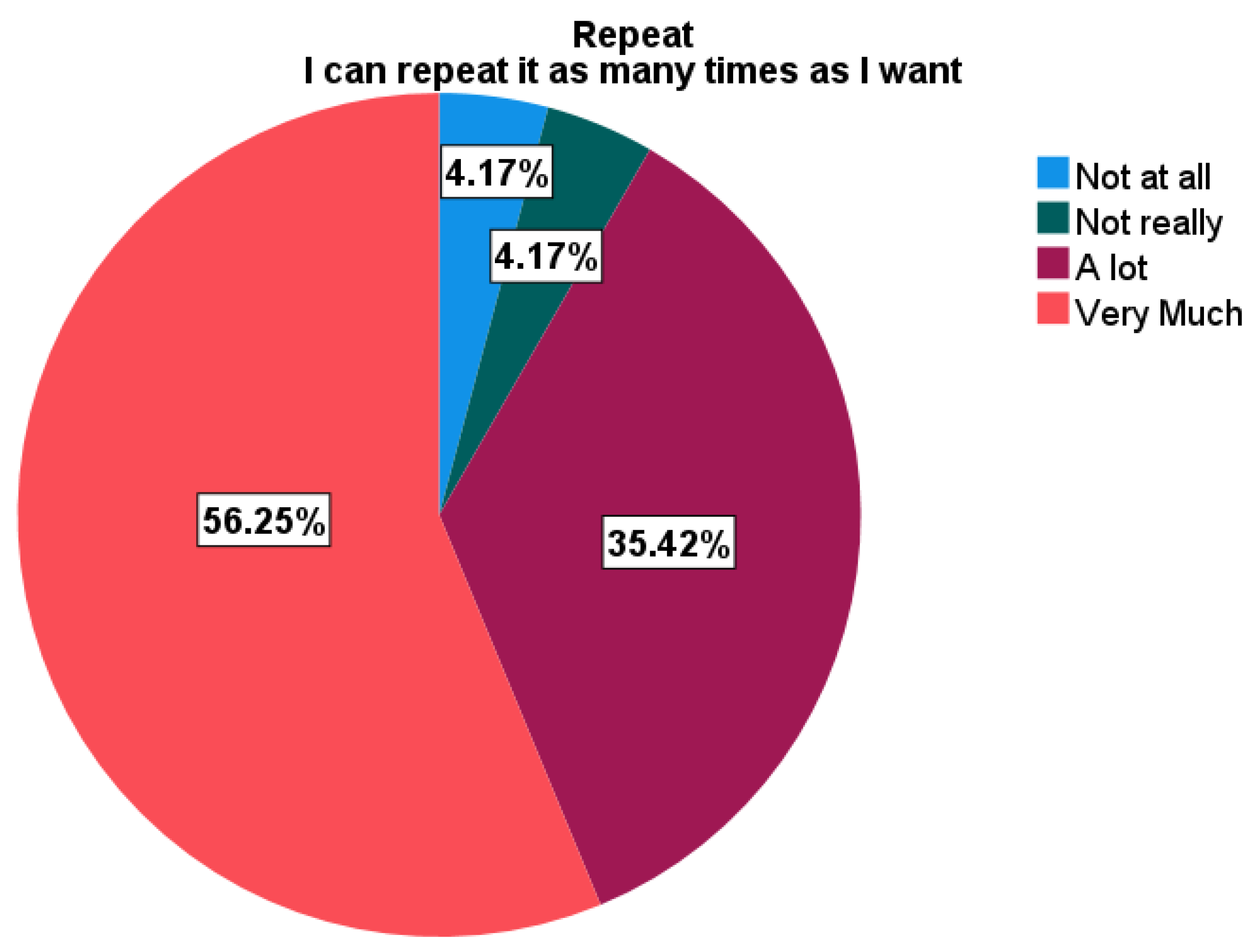

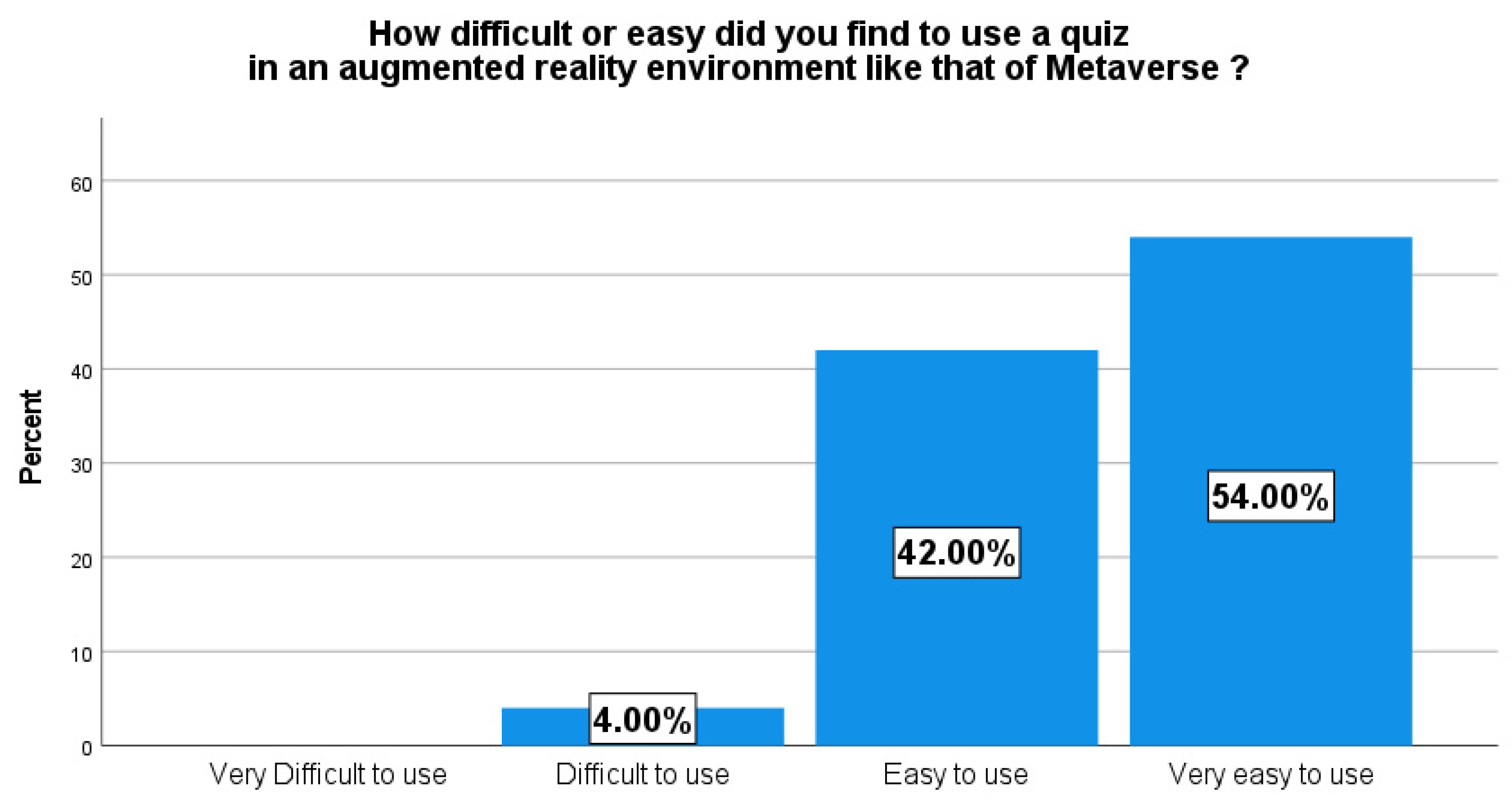
| Course Parts | Lessons |
|---|---|
| Introduction to theoretical aspects of Science education, constructivism, and inquiry-based learning | 1. Why do we teach science in the early years? 2. How do students learn? Introduction to learning theories 3. What are students’ alternative conceptions and how can we handle them? Introduction to inquiry-based learning |
| State of matter, fundamental quantities, and mixtures | 4—State of matter, mass, volume, density, mixtures 5—Students’ alternative conceptions on state of matter, mass, volume, density, mixtures |
| Pressure, buoyancy, sinking and floating | 6—Pressure (including atmospheric hydrostatic pressure) and related phenomena 7—Buoyancy; sinking and floating 8—Students’ alternative conceptions on pressure, buoyancy, sinking and floating |
| Temperature and heat | 9—Temperature; heat; thermal expansion; phase transitions; the case of water and the water cycle 10—Students’ alternative conceptions on Temperature; heat; thermal expansion; phase transitions; the case of water and the water cycle |
| Oscillations, waves, and sound | 11—Oscillations, waves, and sound 12—Students’ alternative conceptions on oscillations, waves, and sound |
Publisher’s Note: MDPI stays neutral with regard to jurisdictional claims in published maps and institutional affiliations. |
© 2022 by the author. Licensee MDPI, Basel, Switzerland. This article is an open access article distributed under the terms and conditions of the Creative Commons Attribution (CC BY) license (https://creativecommons.org/licenses/by/4.0/).
Share and Cite
Sofianidis, A. Why Do Students Prefer Augmented Reality: A Mixed-Method Study on Preschool Teacher Students’ Perceptions on Self-Assessment AR Quizzes in Science Education. Educ. Sci. 2022, 12, 329. https://doi.org/10.3390/educsci12050329
Sofianidis A. Why Do Students Prefer Augmented Reality: A Mixed-Method Study on Preschool Teacher Students’ Perceptions on Self-Assessment AR Quizzes in Science Education. Education Sciences. 2022; 12(5):329. https://doi.org/10.3390/educsci12050329
Chicago/Turabian StyleSofianidis, Angelos. 2022. "Why Do Students Prefer Augmented Reality: A Mixed-Method Study on Preschool Teacher Students’ Perceptions on Self-Assessment AR Quizzes in Science Education" Education Sciences 12, no. 5: 329. https://doi.org/10.3390/educsci12050329
APA StyleSofianidis, A. (2022). Why Do Students Prefer Augmented Reality: A Mixed-Method Study on Preschool Teacher Students’ Perceptions on Self-Assessment AR Quizzes in Science Education. Education Sciences, 12(5), 329. https://doi.org/10.3390/educsci12050329






